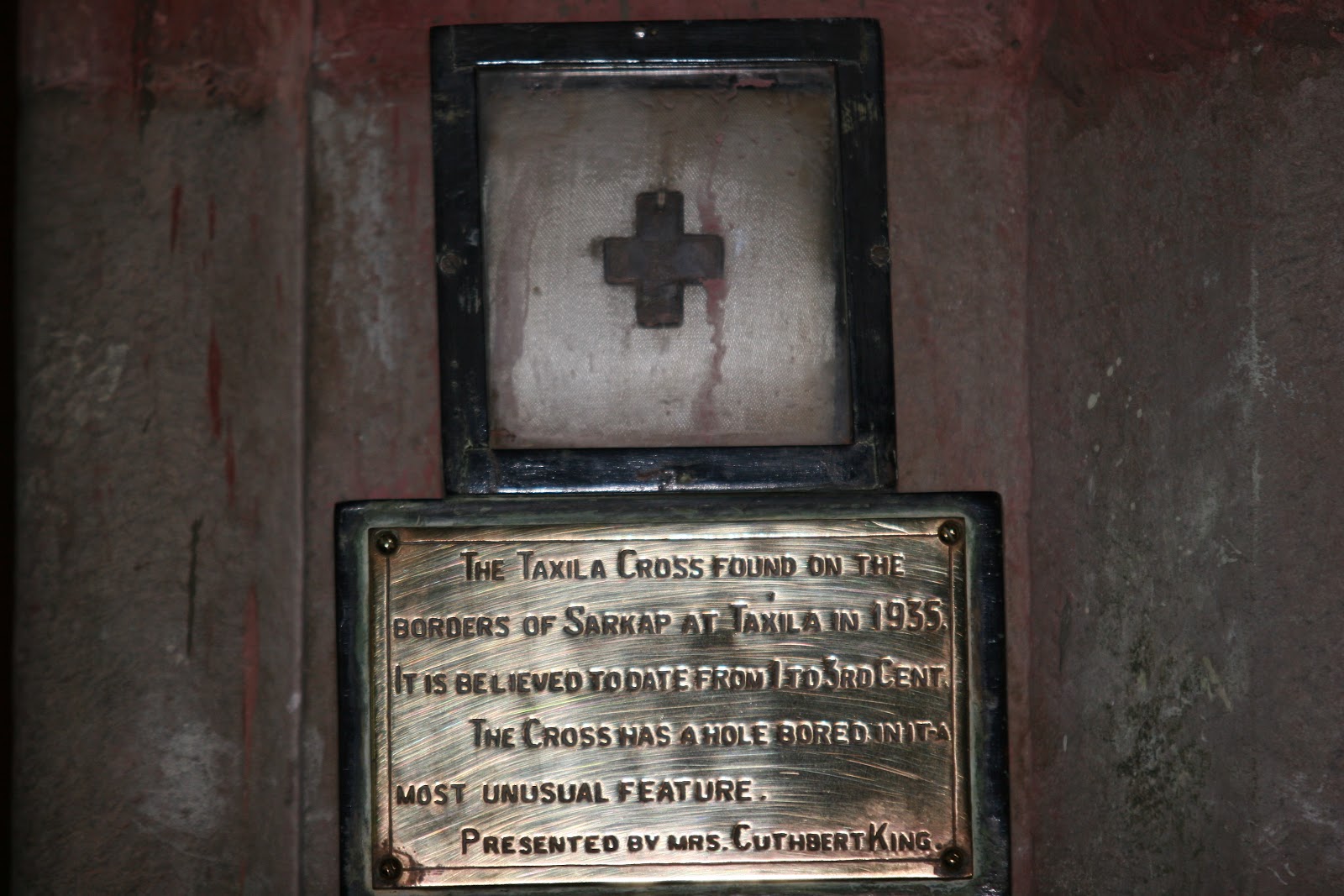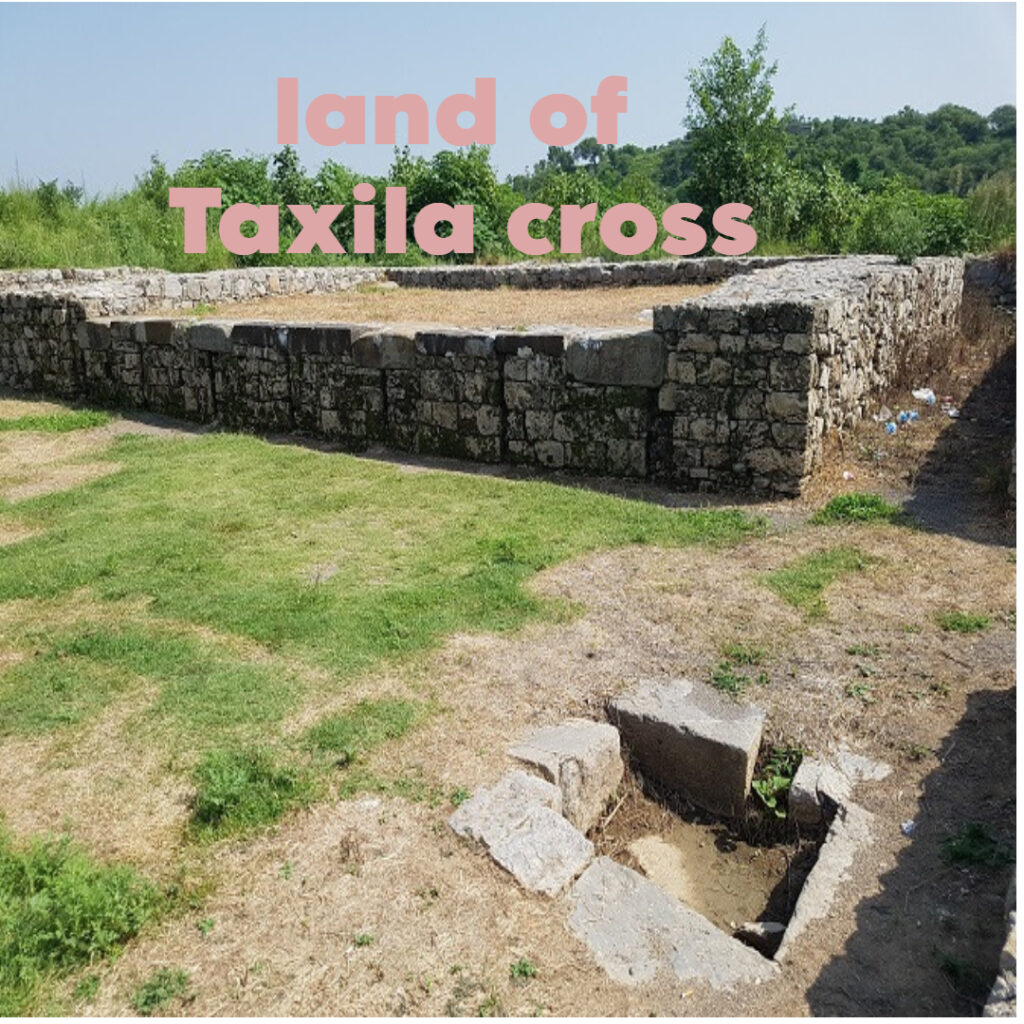In the footsteps of St. Thomas, Tracing the Christian Legacy in Taxila

Taxila is the religious hub of ancient Gandhara Civilization and many archeologists has discovered several Buddhist monasteries at Sirkup an important and most ancient city of Gandhara, it contains temples that belonged to Jainism, Hinduism, Zoroastrians and after finding of Taxila cross, we can say sirkup also had church for their Christian community.
The Taxila cross, discovered in 1935. It became a significant issue within Christianity community. It initially found into a field near the ancient city of Sirkap. It later presented to the Lahore cathedral Church by Mrs. C. king. The cross though small in size has an emotional importance.
Thousands of celebrate the feasts of St. Thomas on July 3 at Sirkap, where they pray and light candles at the three-feet-high throne. Baptisms are also held for infants and adults at two separate places around the throne.

The Taxila Cross adopted as the symbol of united church in November 1, 1970 on the inauguration of Church of Pakistan (C.O.P). The cross has a history of second century A.D. the cross consider as the evidence of the presence of Christian Church in this region. Albert Schweitzer warned about project personal biases onto historical figures, it emphasized the need for a proper investigation. He said to protect the claims of presence of Christianity in ancient times in this region, the Taxila cross evidence is not enough.
Christian pilgrims, pastors, priests, foreign tourists and students of history visited the Taxila cross often. According to Christian community, St. Thomas passed through Taxila when he came to India to preach in the court of King Gonophores. In 1935, a farmer tilling a field outside the ruins found a cross, which presented to the Anglican Bishop of Lahore.
The ancient city of Sirkap protected under the Antiquities Act 1975. It is passed by the Pakistani parliament and listed as a UNESCO World Heritage Site. The famous Taxila Cross framed at the Cathedral Church of the Restoration in Lahore.
Despite that legend, Taxila was declared one of the most endangered sacred sites in Asia in 2012 by the Global Heritage Fund, which promotes the preservation of historic architectural sites around the world. Local authorities say funding is a major challenge in preserving it.

